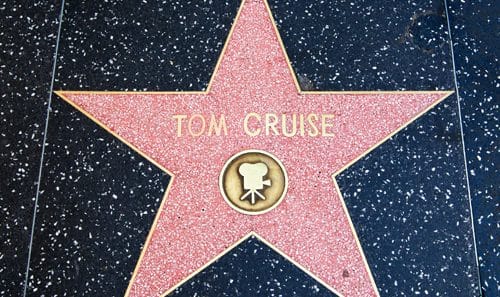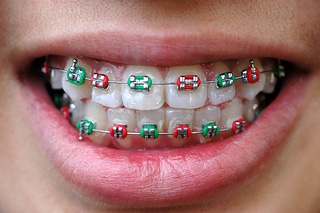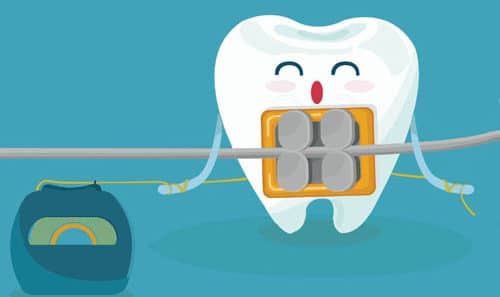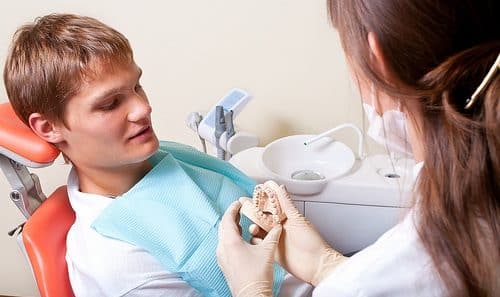
Go Green for St. Patrick’s Day
Millions of people, around Stoney Creek and beyond, wear green on St. Patrick’s Day so they…

Just Add Water
One of the many benefits of your clear aligners is that you can remove them to…

Stars Who Had Braces
Not everyone is born with a million-dollar smile, not even some celebrities. The following stars have…

Early Orthodontics
Perhaps you are already planning for the years when your teenager will need orthodontic work. But…

What role do elastics (rubber bands) play in orthodontics?
Wearing orthodontic braces may be the best choice for correcting your teeth and improving your smile,…

Valentine’s Day History
Valentine’s Day is best known as a celebration of love in all its forms. Pink hearts,…

How to Floss with Braces
The Crichigno Orthodontics team knows that oral hygiene is important, whether you have braces on your…

Feeling Confident at Your Orthodontic Consultation
How You Can Start Preparing Now When you first start thinking about going to the orthodontist,…

How Long Will I Wear My Braces?
How long? Well, a beautiful smile is both science and art—proper teeth and jaw alignment united…

Let It Snow!
The weather out there might be frightful for most of us, but not for you! You’ve…


